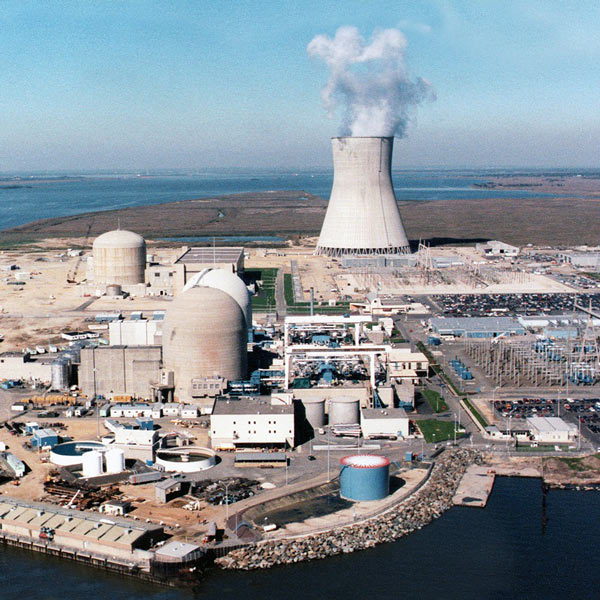By Rich Heidorn Jr.
State regulators on Monday called on FERC to change its interpretation of the Public Utility Regulatory Policies Act to “align” the 1978 law “with modern realities.”
John “Jack” Betkoski III — vice chairman of the Connecticut Public Utilities Regulatory Authority and president of the National Association of Regulatory Utility Commissioners — wrote FERC commissioners a letter saying he was pleased that interim Chairman Neil Chatterjee had pledged that the commission would be pursuing PURPA reform.
“As the primary point of responsibility for PURPA’s on-the-ground implementation, the states have a strong interest in the reform of PURPA’s associated federal administrative regulations, and we hope this reform will continue to be a priority under the leadership of Chairman [Kevin] McIntyre,” Betkoski wrote.
PURPA is a persistent source of annoyance to state regulators, who sounded off at a July 2016 technical conference (AD16-16). (See Witnesses Offer Alternate Realities on Need for PURPA Reform.)
Betkoski cited four changes since PURPA’s enactment in 1978 that he said required a new look from FERC. “These four changes — the rise of wholesale markets, the place of [qualifying facility] technologies as a commonplace source of power, the open-access regulation of the transmission system and the use of competitive methods to select projects throughout the states — suggest that PURPA’s administrative regulations should be aligned to these developments, instead of obstructing them. Despite these changes, many states incur significant transaction costs administering PURPA pursuant to the law’s arcane, 20th century mandates,” Betkoski wrote.
He quoted Montana Public Service Commissioner, and former NARUC president, Travis Kavulla, who told the technical conference that PURPA issues consume more than one-quarter of his commission’s time on electric utility regulation. (See Montana PURPA Solar Saga Continues in State Court.)
NARUC proposed three changes, “each of [which] allows FERC to work within existing law to make meaningful changes to PURPA, while remaining committed to the law’s underlying goals of competition and encouragement of QF technologies,” Betkoski said.
NARUC proposed that FERC:
- Adopt regulations that move away from the use of administratively determined avoided costs to their measurement through competitive solicitations or market clearing prices. “We propose that in certain circumstances, such as when a QF has both nondiscriminatory access under an [Open Access Transmission Tariff] and exists in a region where public utilities routinely use competitive solicitation processes, such a construct would qualify as wholesale markets under 18 CFR 292.309(a)(3). Making this determination would allow FERC to erase the false dichotomy between RTO/ISOs regions, and those regions without such an RTO/ISO but where each public utility nevertheless has an OATT and where states oversee utility procurement and require the use of competitive solicitations.”
- Lower or eliminate the 20-MW threshold for the rebuttable presumption that QFs with a capacity at or below that size do not have nondiscriminatory access to the markets. “In keeping with the goal that FERC should better align PURPA implementation with modern realities, this threshold should be lowered to whatever the minimum capacity requirement is for a resource to participate in an RTO/ISO.”
- Making changes to the 1-mile rule to discourage gaming. “There are a number of well-documented incidents where projects have forgone economies of scale to qualify themselves as individual QFs and evade other regulations; for instance, state commissions requirements for competitive solicitations. The commission should not encourage this form of regulatory arbitrage.” NARUC recommended Idaho Public Utilities Commissioner Paul Kjellander’s suggested criteria for determining whether a single project has been disaggregated in order to create multiple QFs under the generation size limit.






